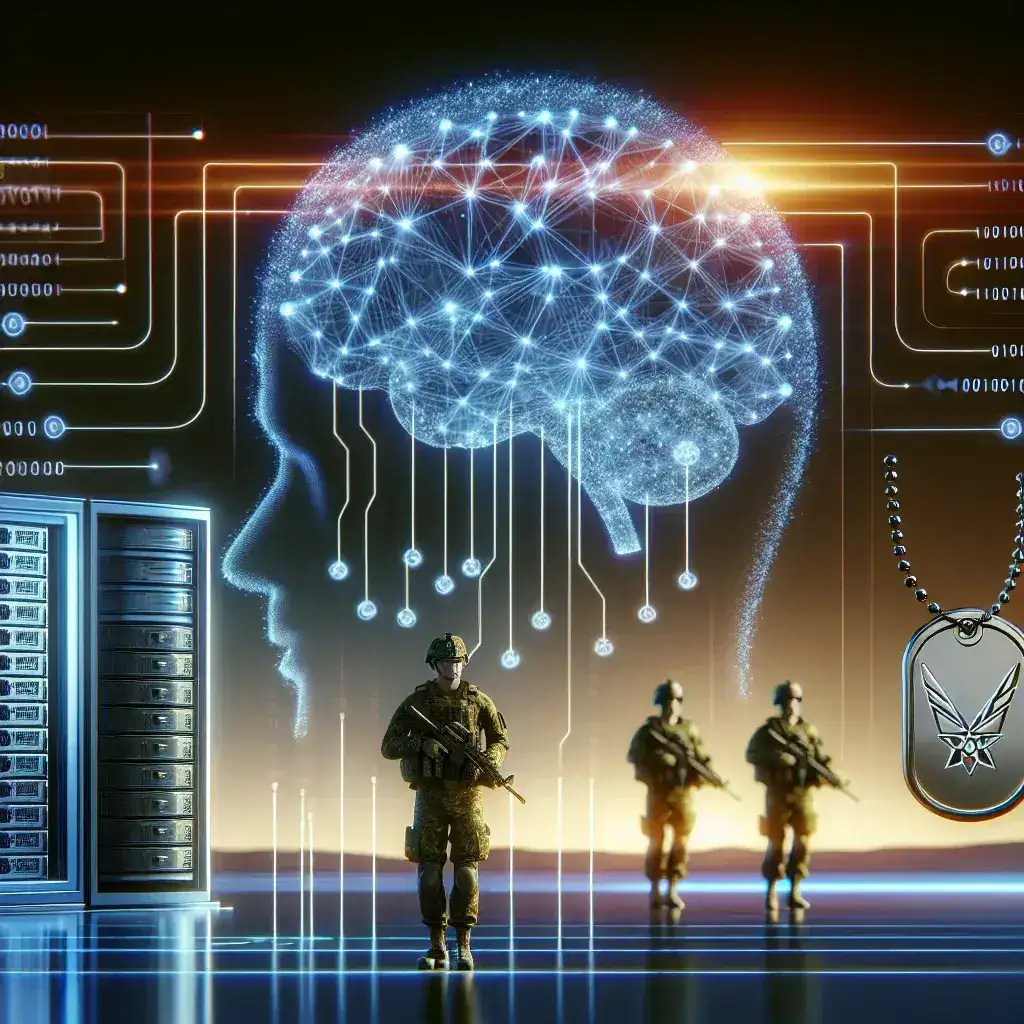Introduction
In the digital age, the need for robust cybersecurity measures is more critical than ever. With the U.S. Army at the forefront of national defense, recent developments in AI powered cyber defense simulations mark a significant advancement in their strategic capabilities. This article delves into how the U.S. Army is funding these simulations, the technology behind them, their implications, and the future of military cyber operations.
The Rise of Cyber Threats
Cyber threats are evolving rapidly, with adversaries employing sophisticated tactics to breach security systems. The U.S. Army recognizes that traditional defense mechanisms are no longer sufficient to combat these threats. According to a report by the U.S. Cyber Command, there has been a significant increase in cyber incidents targeting military installations and communications. This alarming trend necessitates innovative solutions, hence the pivot towards artificial intelligence.
AI in Cyber Defense: An Overview
Artificial Intelligence (AI) has become a game changer in various sectors, and cybersecurity is no exception. AI can analyze vast amounts of data at unprecedented speeds, identifying patterns and anomalies that human analysts might overlook. By integrating AI into cyber defense simulations, the U.S. Army can enhance its predictive capabilities and improve its response strategies.
How AI Powered Simulations Work
- Data Collection: The foundation of AI powered simulations lies in data. These systems gather data from various sources, including past cyber incidents, threat intelligence feeds, and network activity logs.
- Machine Learning Algorithms: Once data is collected, machine learning algorithms analyze it to identify potential vulnerabilities and threats.
- Simulated Environments: The simulations create realistic scenarios where cyber attacks are launched against a simulated infrastructure, allowing for real-time analysis and response.
- Continuous Learning: The system learns from each simulation, refining its algorithms to improve future defenses.
Funding and Support
The U.S. Army is allocating significant funding towards the development of AI powered cyber defense simulations. Recent appropriations have highlighted the importance of integrating cutting-edge technology into military operations. A portion of the budget is specifically earmarked for research and development in AI applications for cybersecurity.
Strategic Partnerships
To further bolster its cyber defense initiatives, the U.S. Army is collaborating with technology companies and academic institutions. These partnerships are crucial for harnessing expertise in AI and cybersecurity. By leveraging the knowledge of private sector innovation, the Army can stay ahead of emerging threats.
Benefits of AI Powered Simulations
Implementing AI powered cyber defense simulations offers numerous advantages:
- Enhanced Threat Detection: AI systems can detect threats in real-time, allowing for quicker response times.
- Cost Efficiency: By simulating attacks, the Army can identify vulnerabilities without the risk of an actual breach, saving on potential costs related to data loss and recovery.
- Improved Training: These simulations provide invaluable training opportunities for personnel, allowing them to experience real-world scenarios in a controlled environment.
- Adaptive Defense Strategies: The continuous learning aspect of AI means that defense strategies can evolve based on new threats and tactics.
Challenges Ahead
Despite the promising outlook, there are challenges associated with AI powered cyber defense simulations:
- Implementation Costs: The initial investment for AI technology can be substantial.
- Skill Gaps: There is a need for skilled personnel who can manage and interpret AI systems effectively.
- Ethical Considerations: The use of AI in military operations raises ethical questions regarding decision-making and accountability.
Future Predictions
As technology continues to advance, the U.S. Army’s investment in AI powered cyber defense simulations is expected to grow. Experts predict a future where:
- AI will play an even larger role in preemptive defense measures, anticipating threats before they materialize.
- Simulations will become more sophisticated, utilizing virtual and augmented reality to create immersive training environments.
- The collaboration between military and private sectors will lead to rapid advancements and innovations in cybersecurity technology.
Real-World Examples
Several military exercises have already utilized AI powered simulations to test their cyber defense capabilities. For instance, during a recent exercise, troops engaged in a simulated cyber attack that tested their response to a plausible real-world scenario. The insights gained from this exercise will inform future strategies and training methodologies.
Cultural Relevance
The investment in AI powered cyber defense simulations reflects a broader cultural shift towards digital warfare. As societies become increasingly dependent on technology, the military’s approach to cyber defense must evolve accordingly. The public is becoming more aware of cyber threats, necessitating transparency and accountability in how these defense systems are developed and implemented.
Conclusion
The U.S. Army’s funding of AI powered cyber defense simulations represents a critical step towards securing national interests in an evolving cyber landscape. As threats grow more sophisticated, so too must our defenses. By leveraging AI technology, the Army is not only enhancing its operational capabilities but also setting a precedent for future military strategies. The journey towards comprehensive cyber defense continues, driven by innovation and the relentless pursuit of security.


Leave a Reply